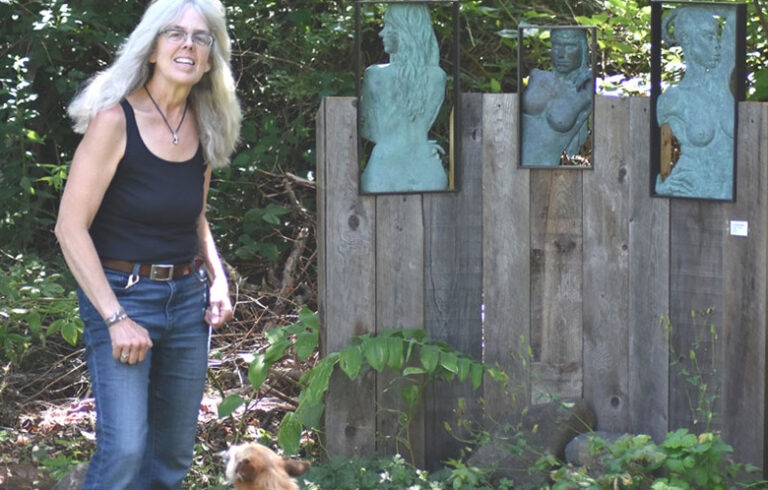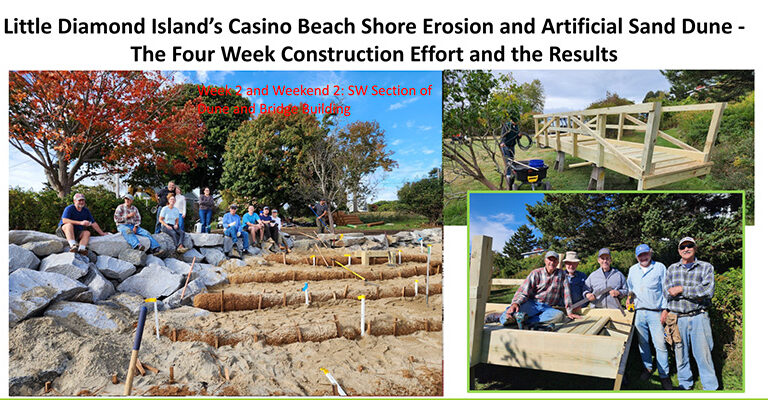Imagine the reaction to a town renting out offices in a public library built through the beneficence of Andrew Carnegie a century ago. Or a John D. Rockefeller-donated carriage trail in Acadia National Park being turned into a for-profit go-cart track.
It’s not quite as dramatic as all that, but a nettlesome controversy has been brewing in Belfast since the University of Maine announced it would be selling its Hutchinson Center, a sort of annex to the state system, which, when built in 2000, featured the best technology, more than a dozen classrooms, an auditorium, and a bright and spacious lobby ideal for hosting lunches.
(Full disclosure: Island Institute, publisher of this newspaper, has used the center for its conferences.)
Credit-card lender MBNA, which was later purchased by Bank of America, paid to construct the facility as a gift to the University (it was named for a former president of UMaine) and to Belfast, where the company had recently expanded.
The move suggests a betrayal of the benefactor’s intent, and it raises important questions about the role of nonprofit institutions…
The sale is not out of left field. During and since the pandemic, the Hutchinson Center has seen less use as much of non-campus, post-secondary education has gone online. And in-person learning is not likely to come back.
The building and grounds, which are on Route 3, require substantial upkeep, so UMaine officials say they’re trying to be fiscally responsible in selling this property.
But Belfast civic leaders have argued the Hutchinson Center was a gift to the community to support public sector endeavors like education, and now the University is cashing it in and leaving town. And to further stoke the fire, the University is selling the facility to a church, which wants to use it for worship services and to start a private school. UMaine rejected two public group bids which, admittedly, offered less money.
Having the Hutchinson Center become private isn’t going to destroy Belfast’s character, nor is it going to sharply hamper education in the community. But the move suggests a betrayal of the benefactor’s intent, and it raises important questions about the role of nonprofit institutions: Is their value understood? Can there be too many in a community? Does their existence weaken the private sector?
Long before I worked for the nonprofit Island Institute, the Rockland newspaper would regularly run stories and opinion pieces about what some saw as too many nonprofits in the downtown, the Institute among them, along with the Farnsworth Art Museum and others.
The argument was that they didn’t pay property taxes on their large Main Street buildings. But consider the impact employees of those nonprofits—most of whom don’t live in Rockland—have on the local economy.
The Farnsworth in particular can make the case for impact very easily. Visitors must put a colorful round sticker on their chest to signify they’d paid for admission, and you see those stickers on people all along Main Street, going out to lunch, shopping at stores, browsing at art galleries.
Institute employees spend money at Main Street businesses, which in turn helps their owners pay their property taxes.
On a recent visit to Eastport, I noted that the Tides Institute, a homegrown nonprofit there dedicated to culture, arts, and history, was establishing an exhibition and restaurant space in the Masonic Hall. That building had, in the last several years, been home to a couple of for-profit restaurants, both of which did not continue in business.
On that visit, I asked someone who has lived in the community for decades about the wisdom of having a nonprofit taking over a building that might again be home to a restaurant. She replied that despite hard work and high hopes, no restaurant could seem to make it there, so why not draw visitors with art and culture?
If there is a lesson to be learned in the Belfast situation, maybe it’s that the community should be sure to have a seat—or seats—on the governing board of a larger institution like UMaine. Boosters have worked hard to persuade the University to hold onto the Hutchinson Center, but that effort may have come too late.
Tom Groening is editor of The Working Waterfront. He may be contacted at tgroening@islandinstitute.org.





